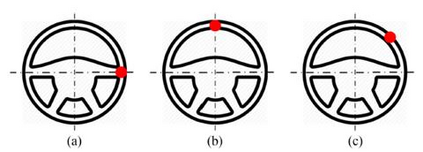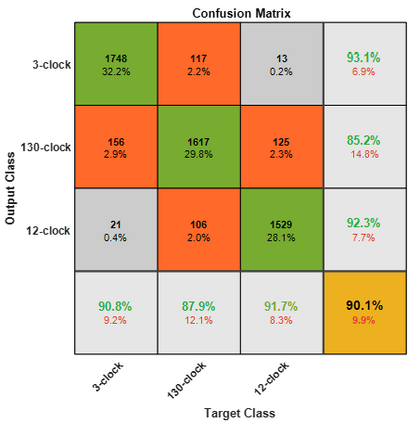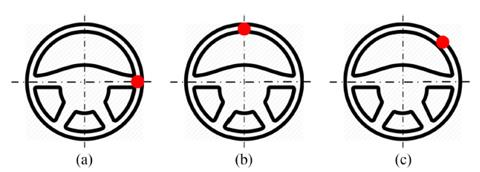Human intention prediction provides an augmented solution for the design of assistants and collaboration between the human driver and intelligent vehicles. In this study, a multi-task sequential learning framework is developed to predict future steering torques and steering postures based on the upper limb neuromuscular Electromyography (EMG) signals. A single-right-hand driving mode is particularly studied. For this driving mode, three different driving postures are also evaluated. Then, a multi-task time-series transformer network (MTS-Trans) is developed to predict the steering torques and driving postures. To evaluate the multi-task learning performance, four different frameworks are assessed. Twenty-one participants are involved in the driving simulator-based experiment. The proposed model achieved accurate prediction results on the future steering torque prediction and driving postures recognition for single-hand driving modes. The proposed system can contribute to the development of advanced driver steering assistant systems and ensure mutual understanding between human drivers and intelligent vehicles.
翻译:人类意图预测为设计助理和人类驾驶员与智能车辆之间协作提供了更完善的解决方案。在这项研究中,开发了一个多任务连续学习框架,以根据上肢神经肌肉电动学信号预测未来的方向十字和方向姿势。特别研究了一个单右驾驶模式。对于这一驾驶模式,还评估了三种不同的驾驶姿势。然后,开发了一个多任务时序变压器网络(MTS-Trans),以预测方向和驾驶姿势。为评价多任务学习性能,评估了四个不同的框架。21个参与者参与了基于驾驶模拟器的实验。拟议的模型在未来的方向图态预测和单手驾驶模式的驾驶姿势识别上取得了准确的预测结果。拟议的系统有助于发展先进的驾驶员指导助理系统,并确保人驾驶员和智能车辆之间的相互了解。







